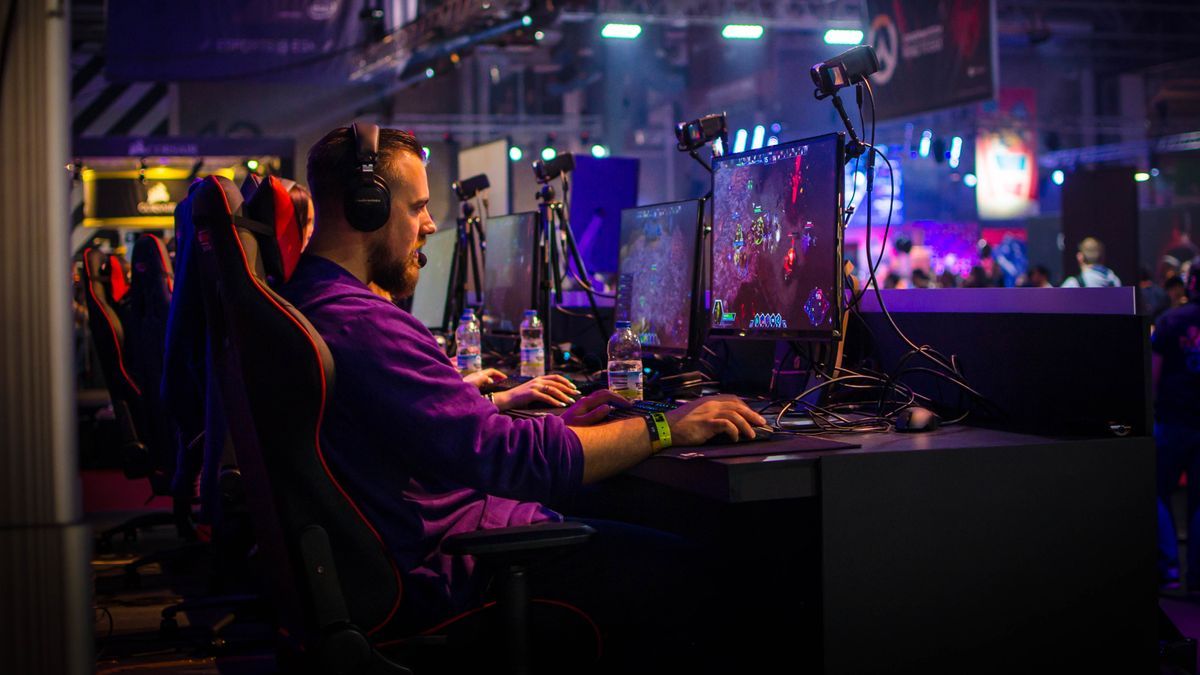PowerColor is adding an NPU to its graphics cards, or that's the plan with AMD Radeon boards, it seems.
As Harukaze5719, one of the regular leakers we follow at X, pointed out, the idea of this NPU is a little different than what we've seen so far with these types of neural processing units.
PowerColor integrated NPU to Radeon GPU. (Still in development) Through AI, they claim that energy consumption decreased by 22%. More savings than AMD Power Saving. pic.twitter.com/9I8iEikotDJune 7, 2024
Currently, NPUs are included with next-generation CPUs and are present on the chip to accelerate AI workloads and take some of the strain off the processor itself, but with PowerColor graphics cards, that won't be the plan.
Instead, the board maker is introducing an NPU to intelligently adjust the Radeon graphics card's power usage on the fly while you play, meaning less power consumption when you enjoy your favorite PC games.
Based on the initial preview of the new hardware-based AI tweak, we can expect 22% less power usage (as tested in a couple of games: Cyberpunk 2077 and Final Fantasy XV).
The capture? Well, as VideoCardz, which spotted this, points out, power saving means a drop in frame rate (although PowerColor doesn't support this, or at least avoids the issue, saying that the graphics card maintains “high performance” with the technology. ).
According to a test with Final Fantasy Fan speeds were also much slower – good news noise-wise, of course, although it did mean a small increase in GPU temperature.
Analysis: A Careful and Complicated Balancing Act
The idea is to balance not letting the temperature get too high with reducing the fan speed, slightly reducing performance for big energy savings. It's a good idea in theory – certainly as an option – although there is already software (from AMD and others) that can do a similar job.
The thing is, the new PowerColor NPU does a better job, as you can imagine, not only in terms of purely achieved power savings, but also in that it constantly monitors in the background, intelligently adjusting variables depending on what game (or app) that you are running at that moment. (Which is also what differentiates this from manually “undervolting” your GPU, especially considering this kind of tinkering is beyond less tech-savvy gamers, anyway.)
Additionally, we're still in the early days in terms of development, so if this technology is pushed further, we may see even better results (and perhaps less of a performance hit as well).
It's great to see hardware manufacturers thinking of other uses for NPUs, and this isn't one we saw coming. Perhaps AI integrated through a dedicated NPU will have a place in the best graphics cards of the future, and we'll see other card manufacturers introduce a similar approach to controlling a GPU's power usage.
This could be particularly useful for heavy gaming GPUs that draw a lot of power, although in terms of the next generation, it's likely to be an issue that Nvidia suffers from more than AMD (or Intel, for that matter).
you might also like








